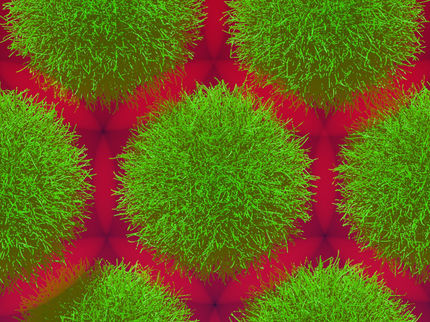About Paul Scherrer Institut
The Paul Scherrer Institute (PSI) is a multi-disciplinary research centre for natural sciences and technology. In national and international collaboration with universities, other research institutes and industry, PSI is active in solid state physics, materials sciences, elementary particle physics, life sciences, nuclear and non-nuclear energy research, and energy-related ecology. It is the largest national research institute with about 1,300 members of staff, and is the only one of its kind in Switzerland. PSI’s priorities lie in areas of basic and applied research, particularly in fields which are relevant for sustainable development, as well as of major importance for teaching and training, but which are beyond the possibilities of a single university department. PSI develops and operates complex research installations which call for especially high standards of know-how, experience and professionalism, and is one of the world’s leading user laboratories for the national and international scientific community. Through its research, PSI acquires new basic knowledge and actively pursues its application in industry.
- Employees: 1001-5,000
- Industry : Other









